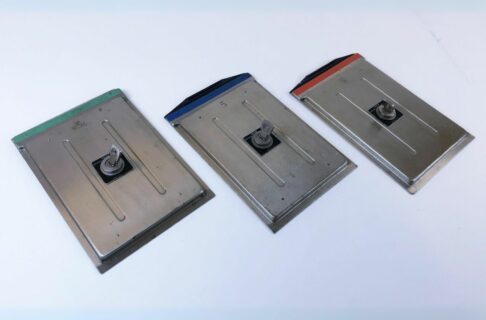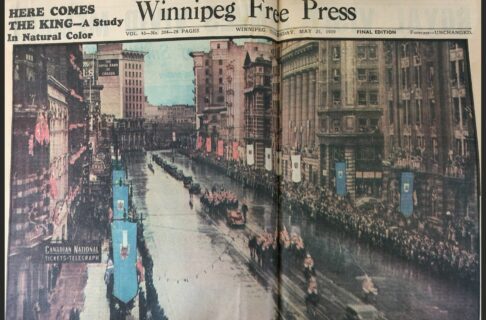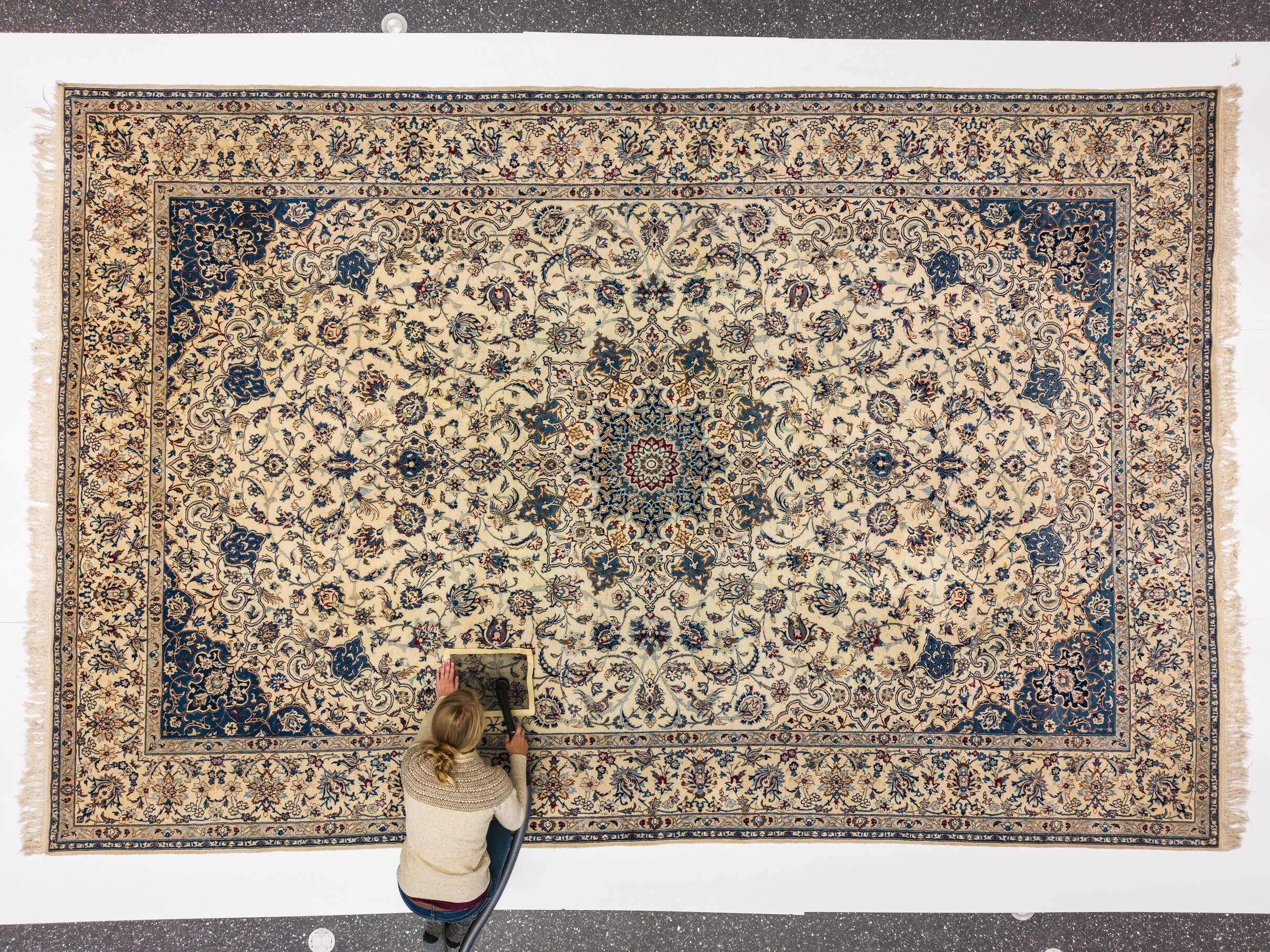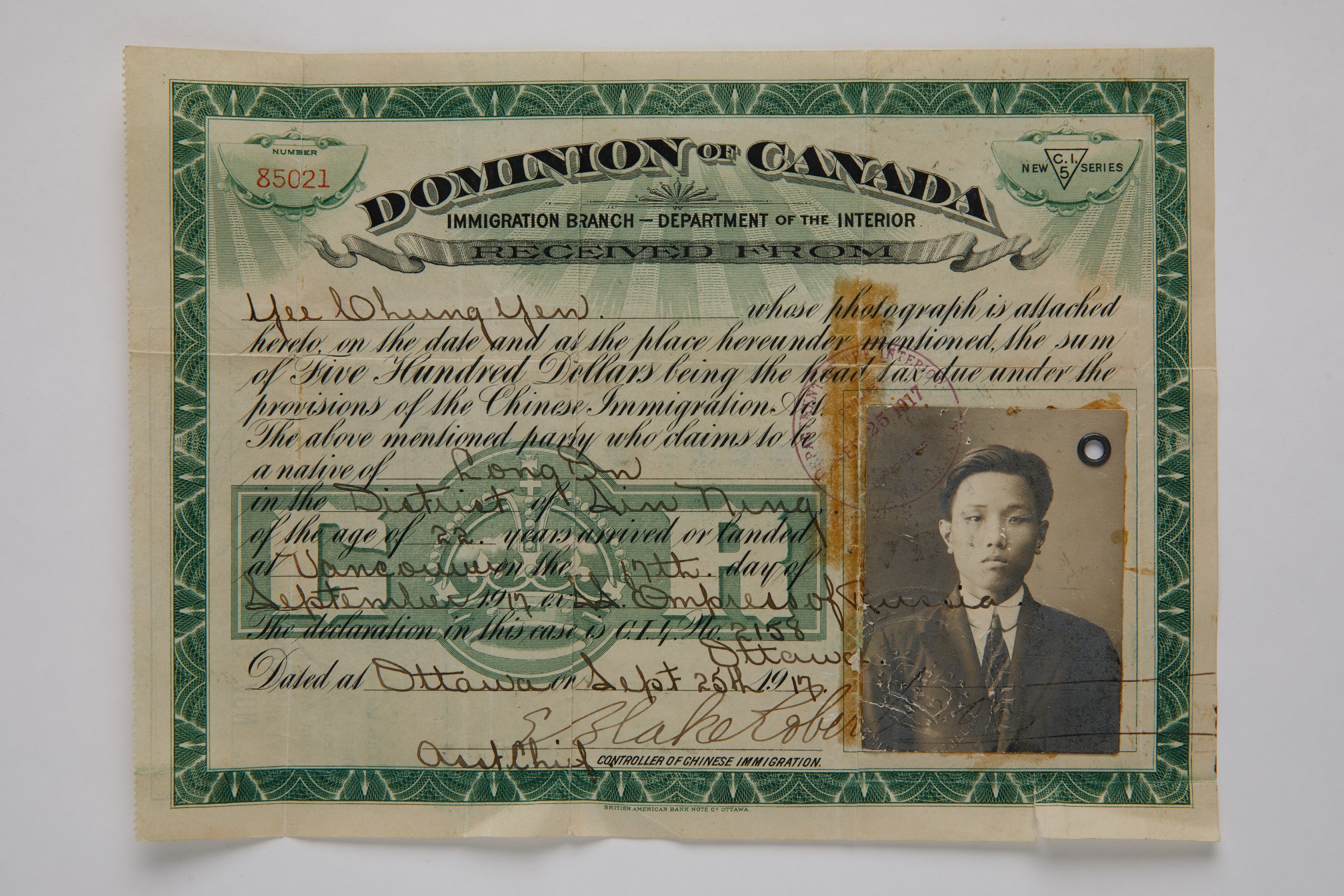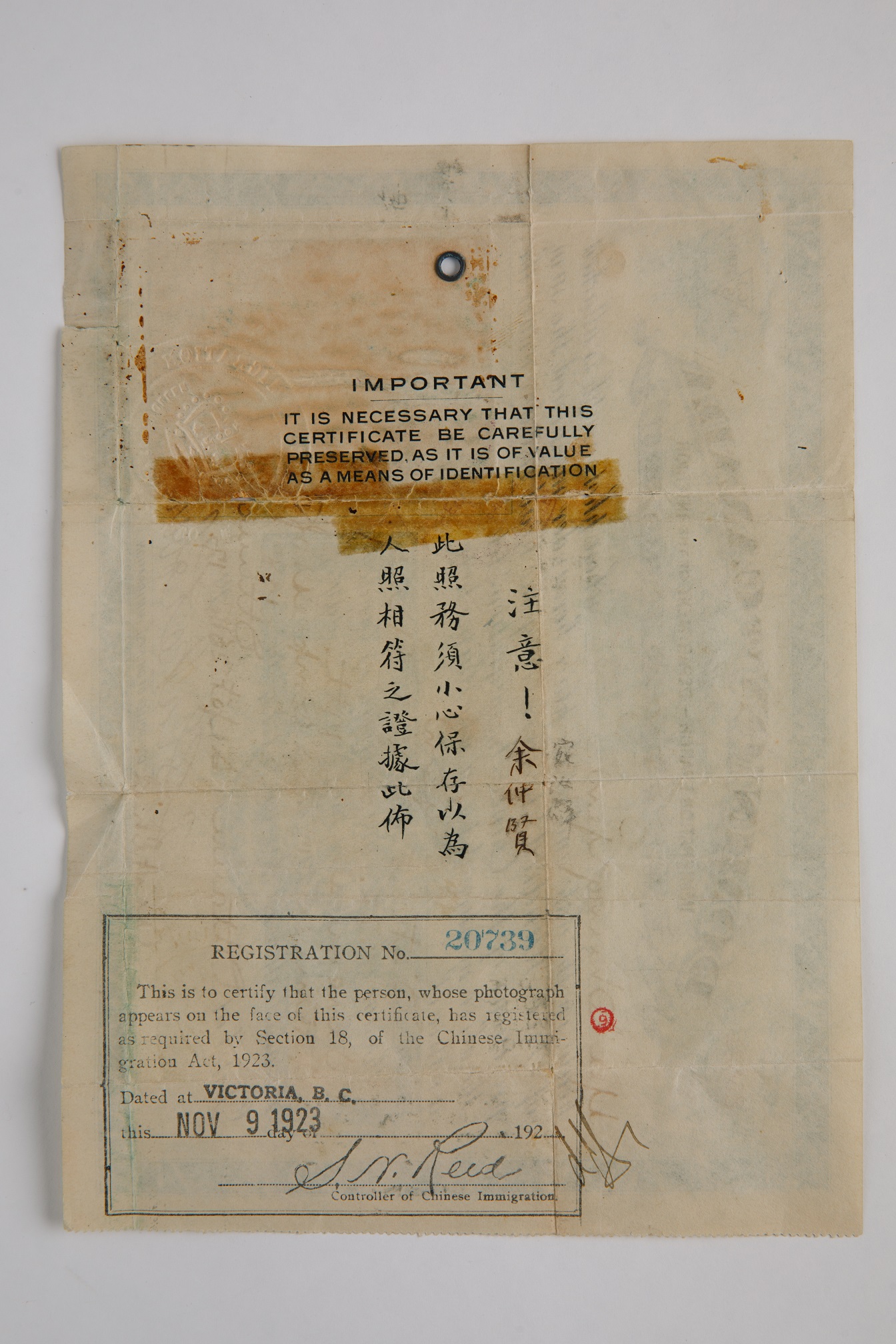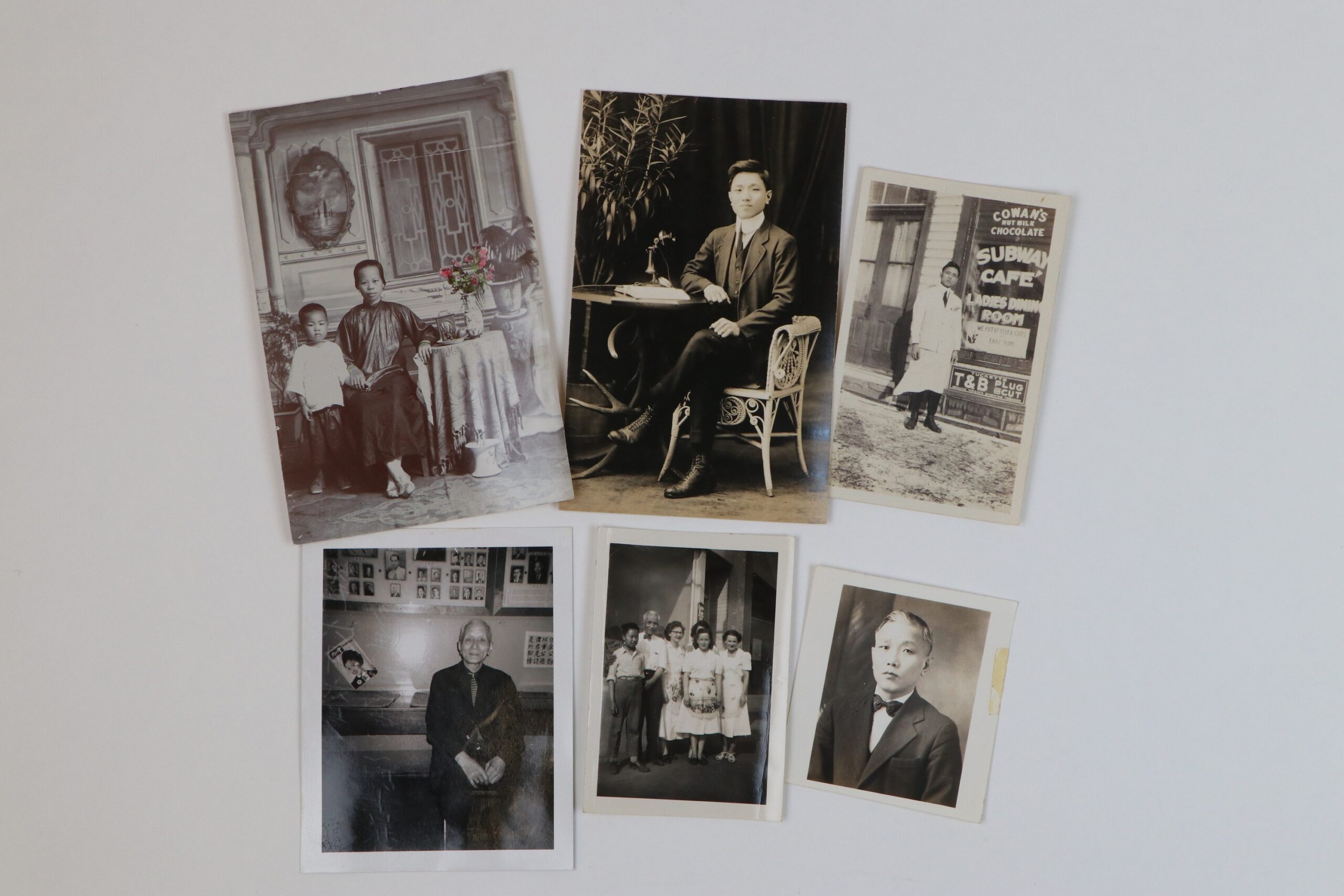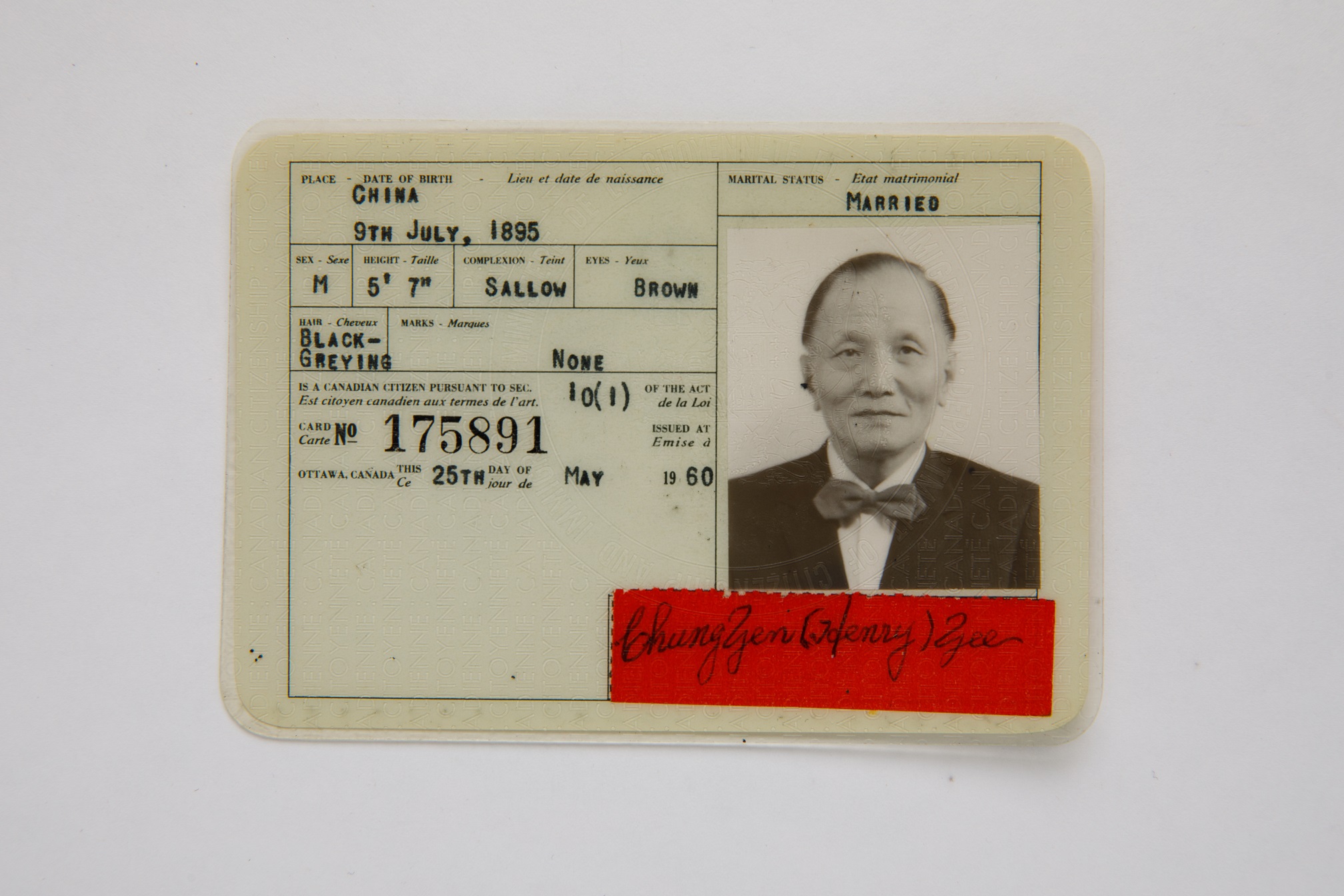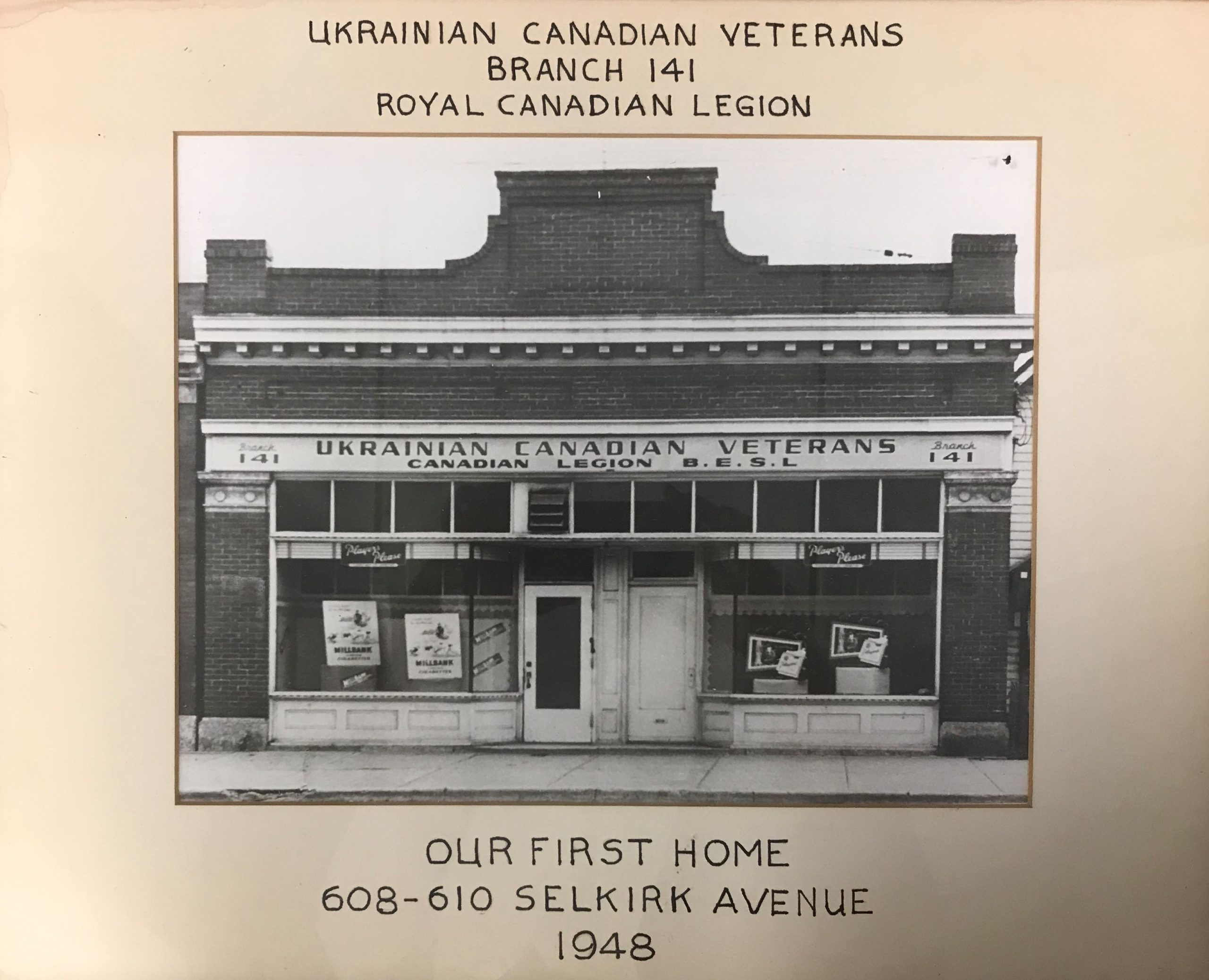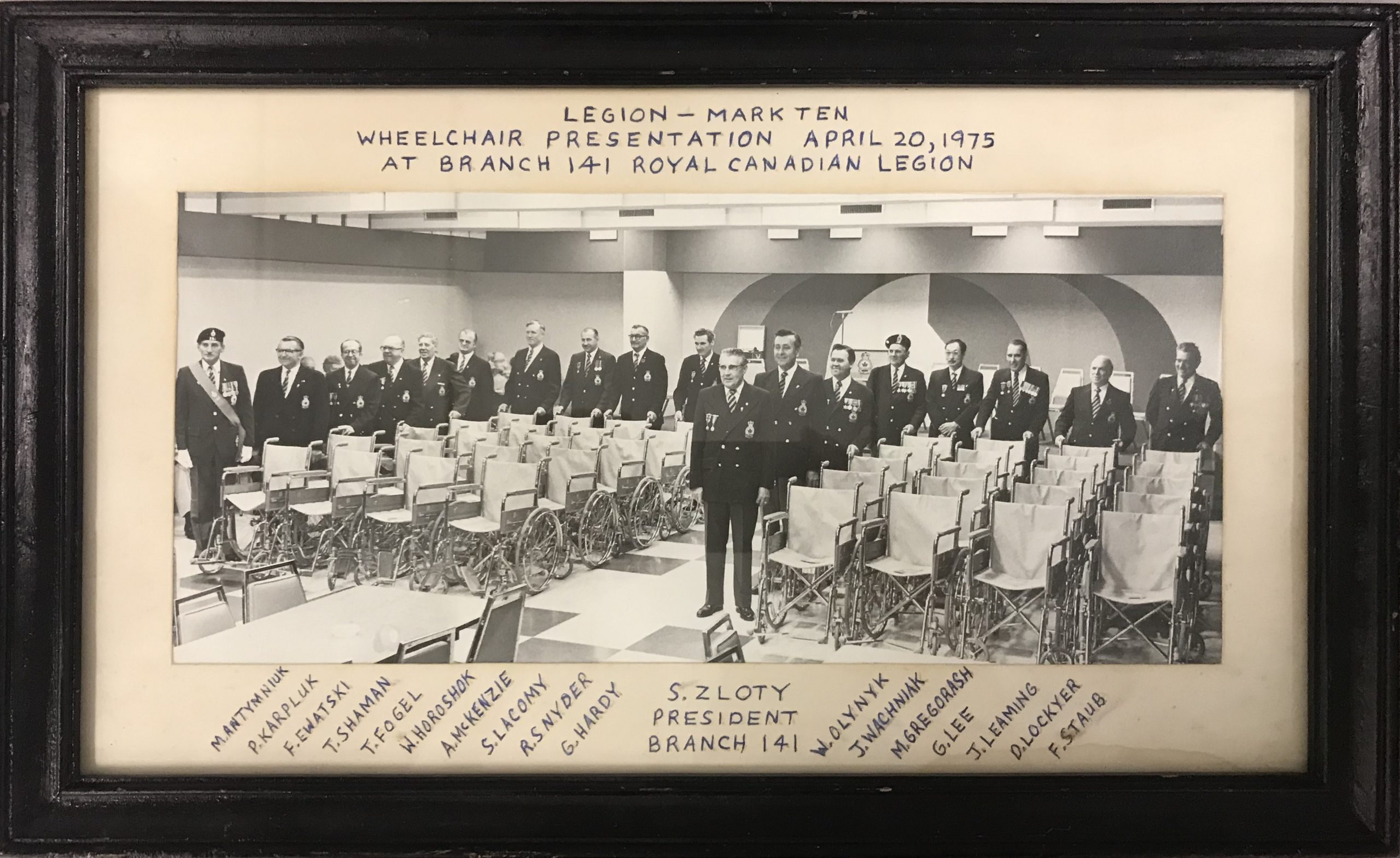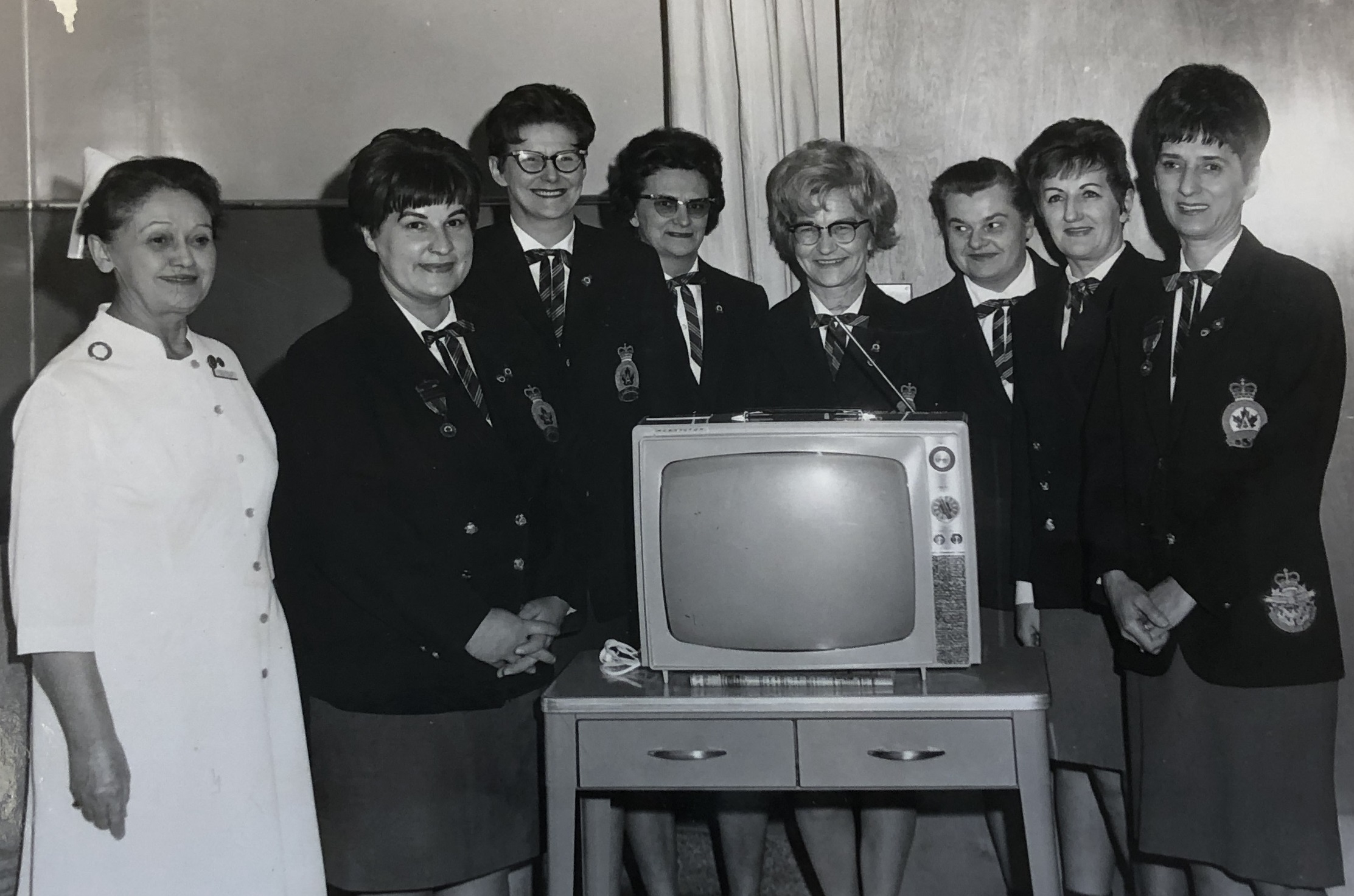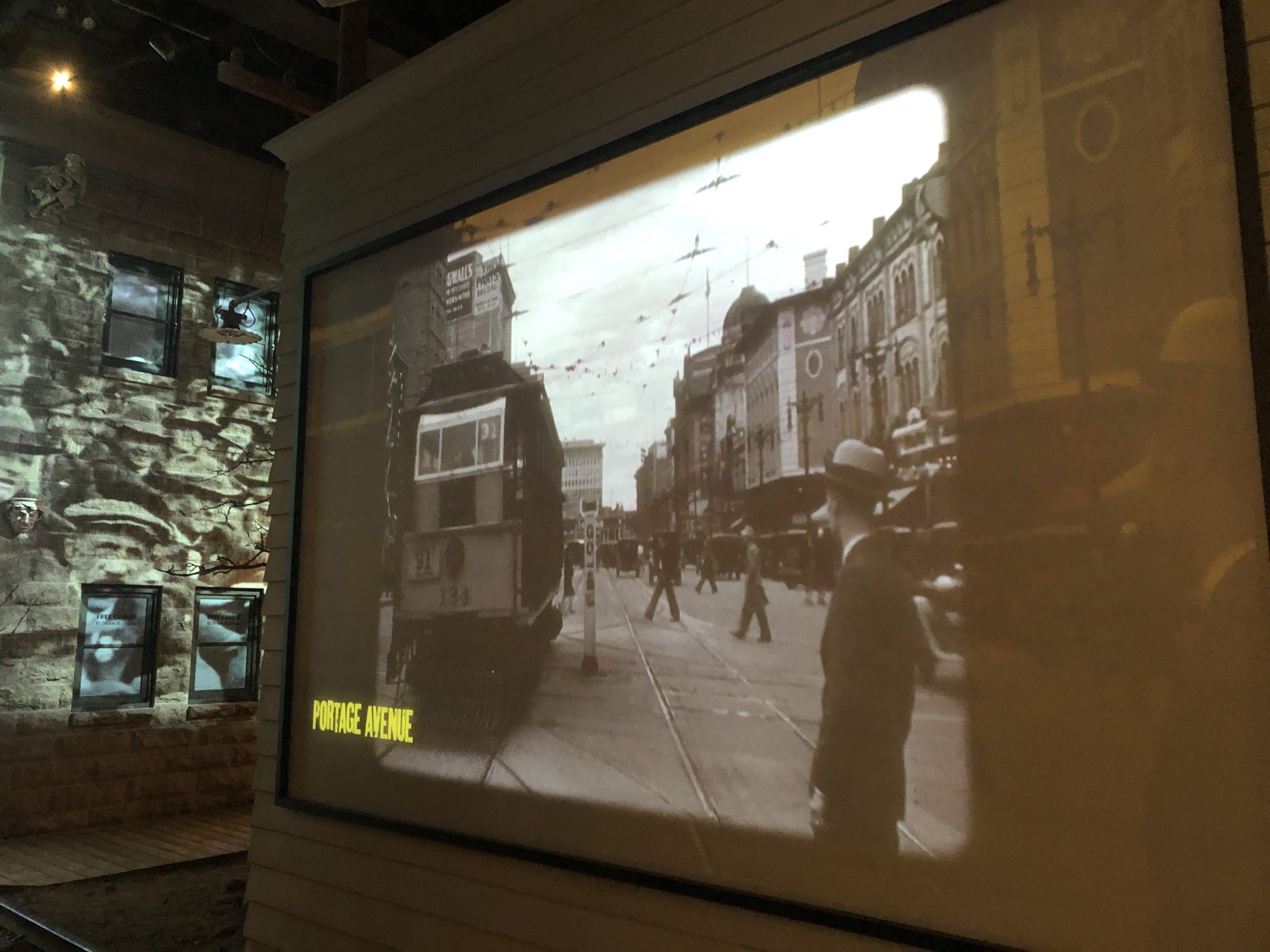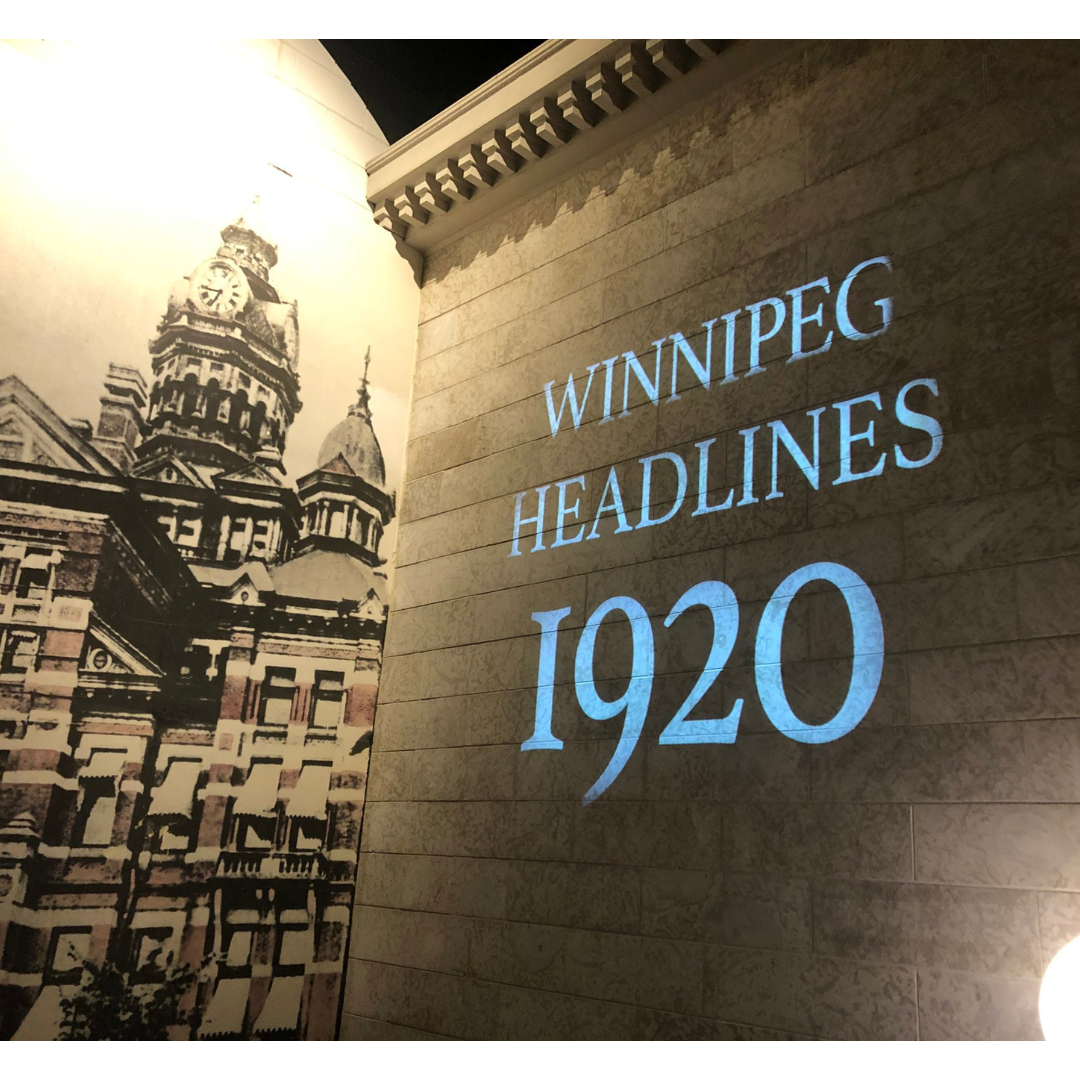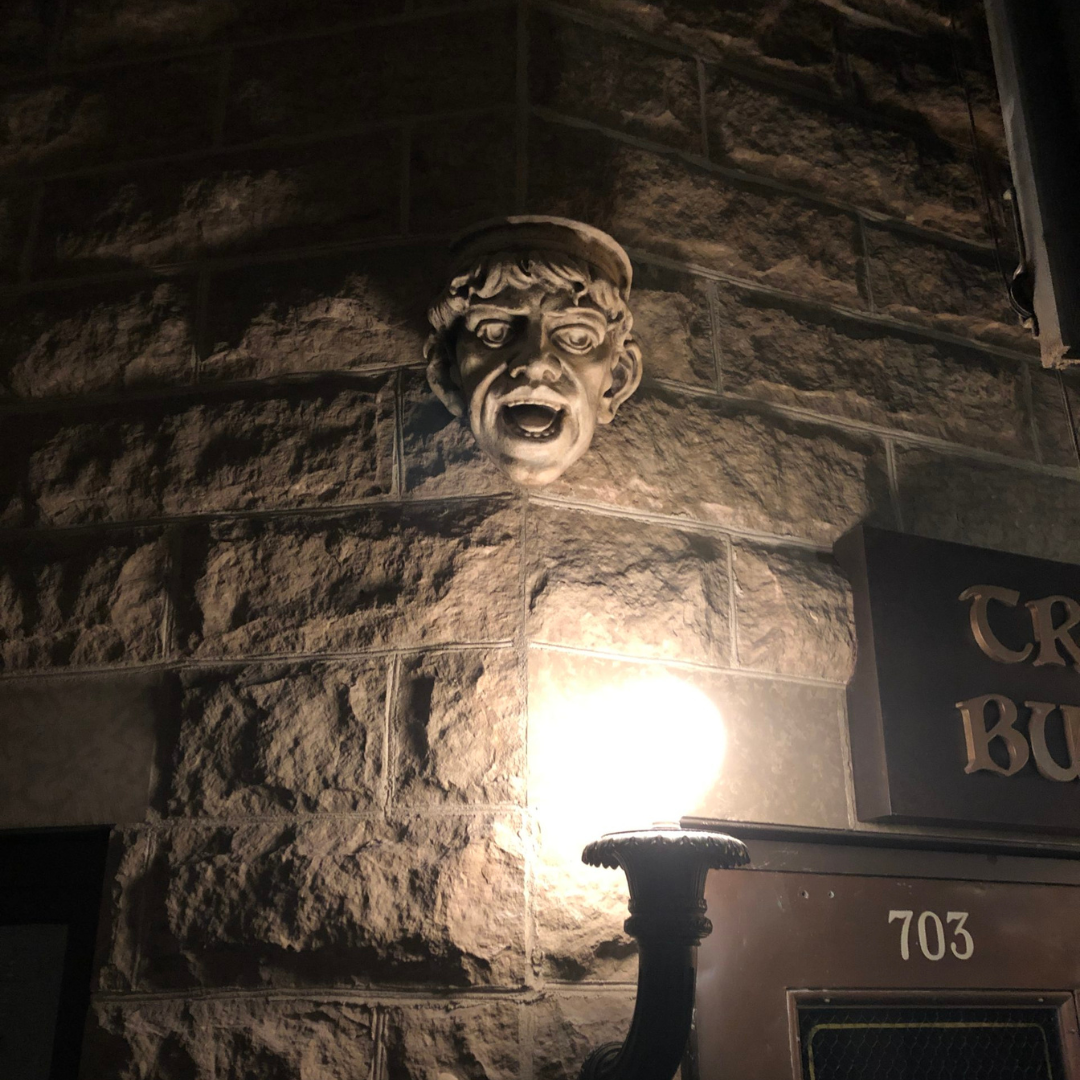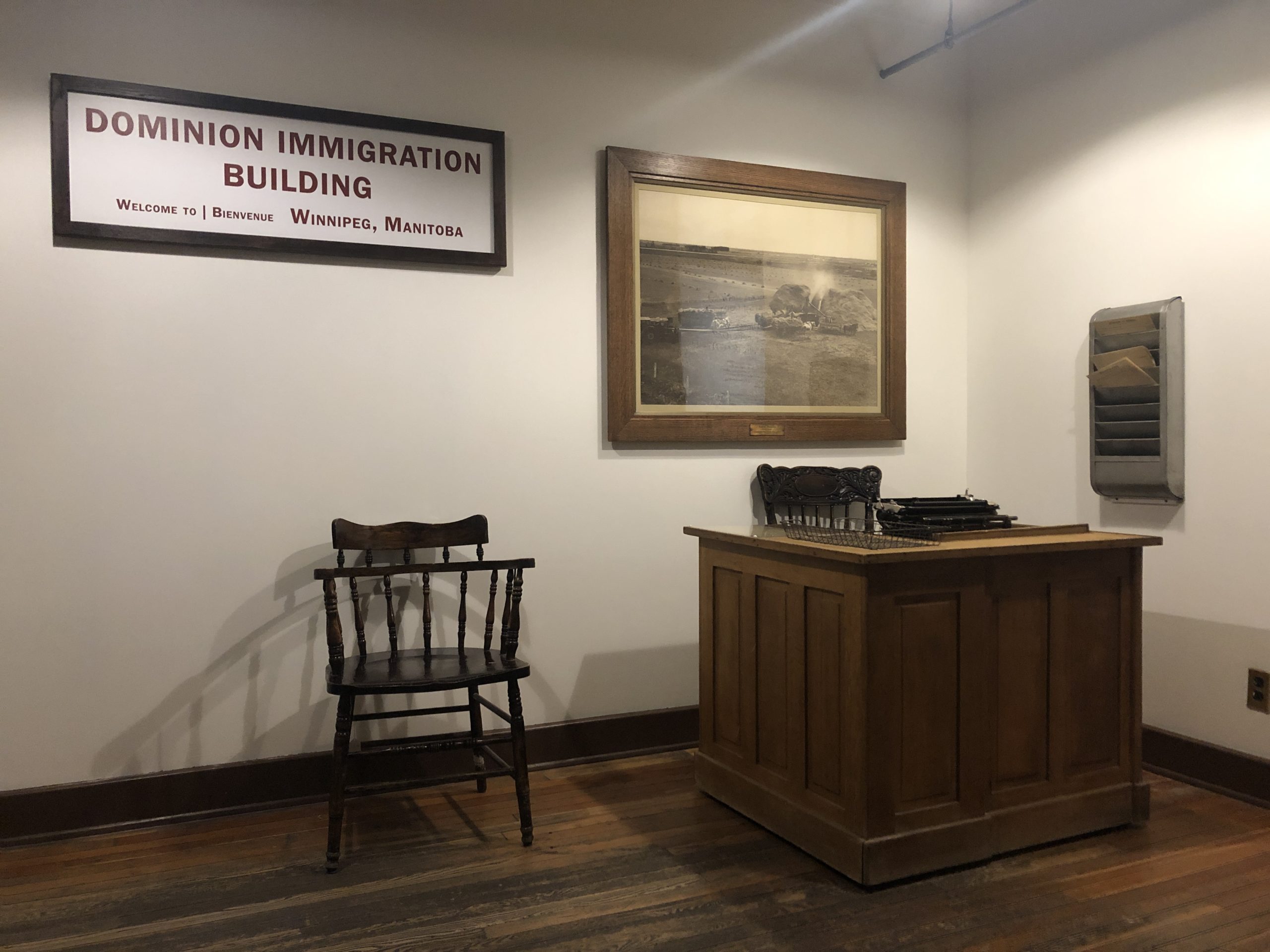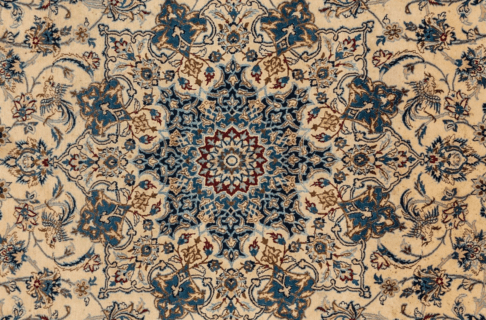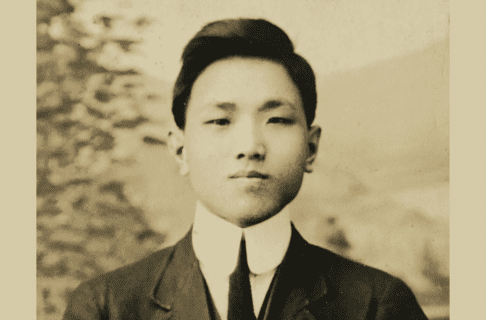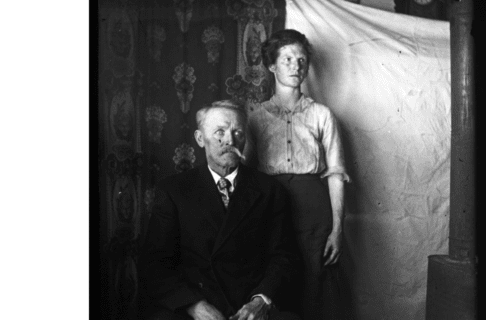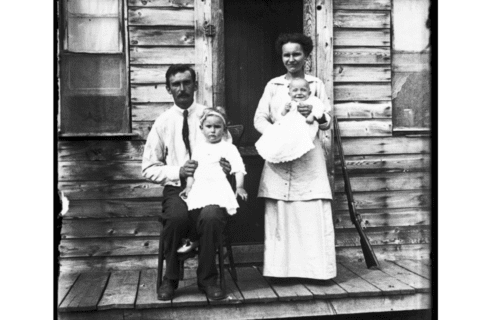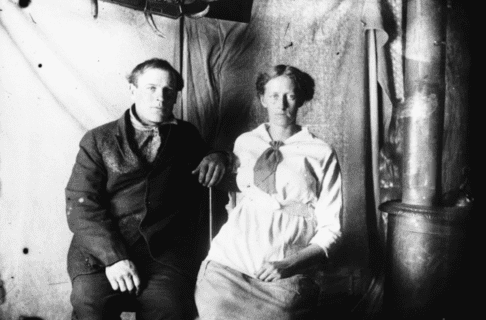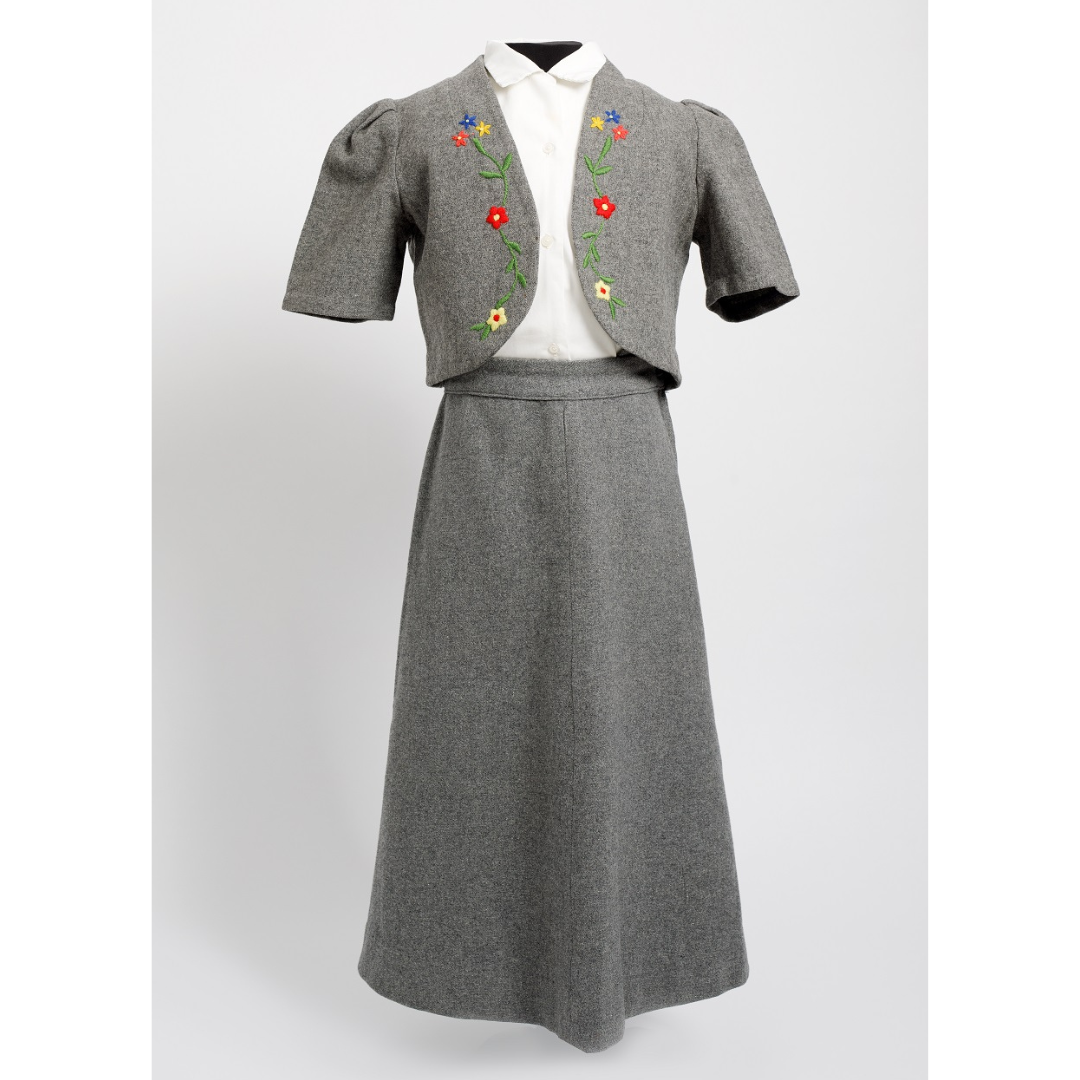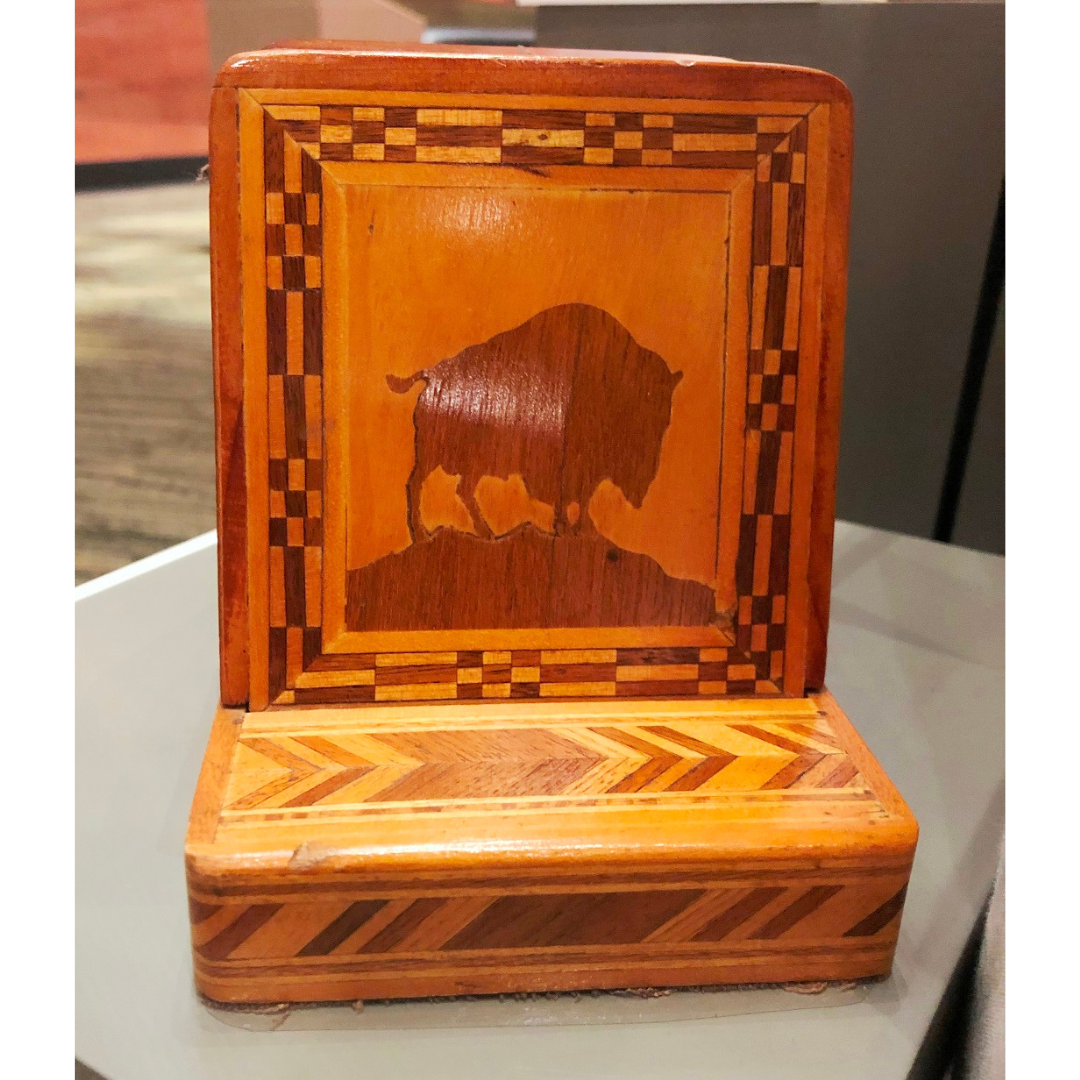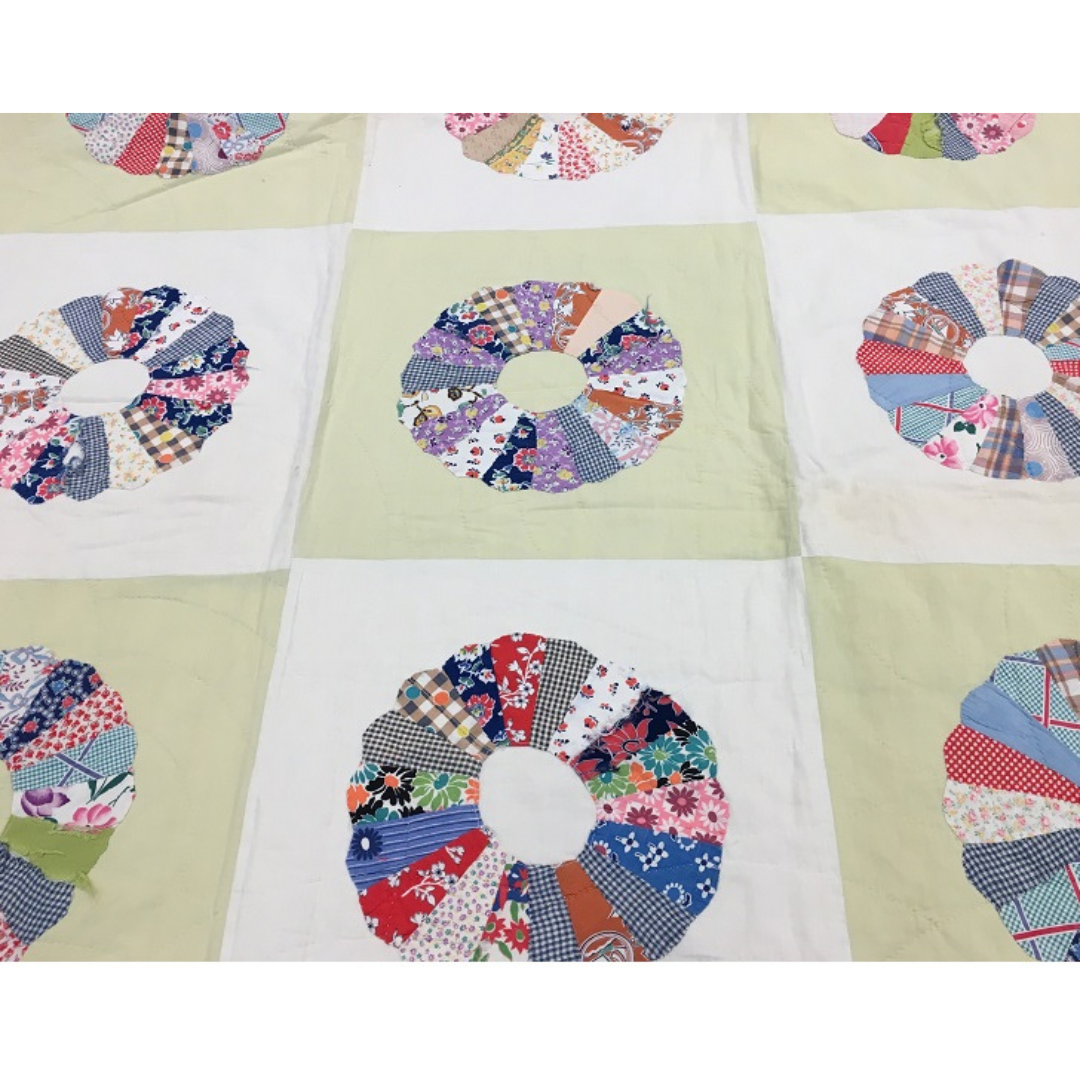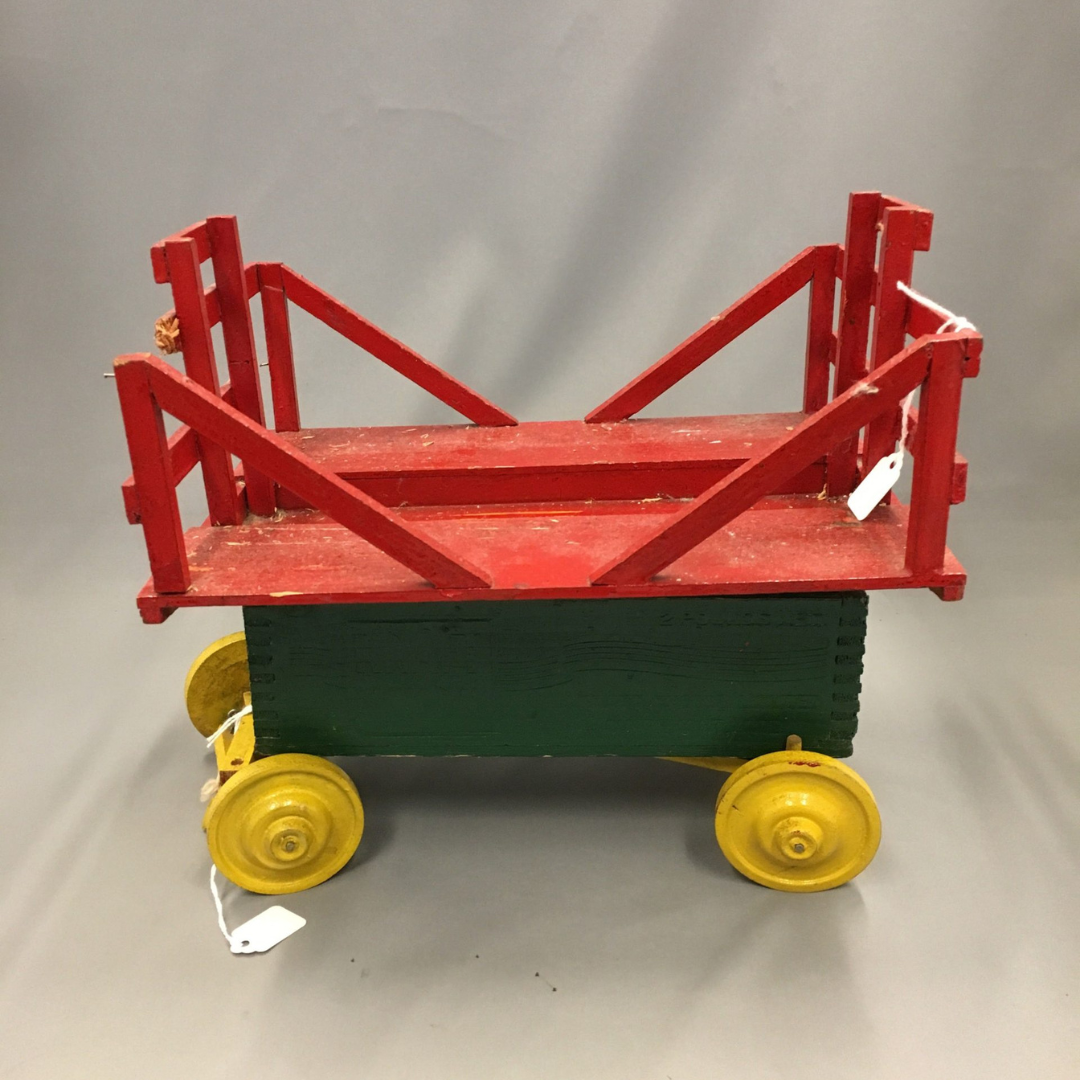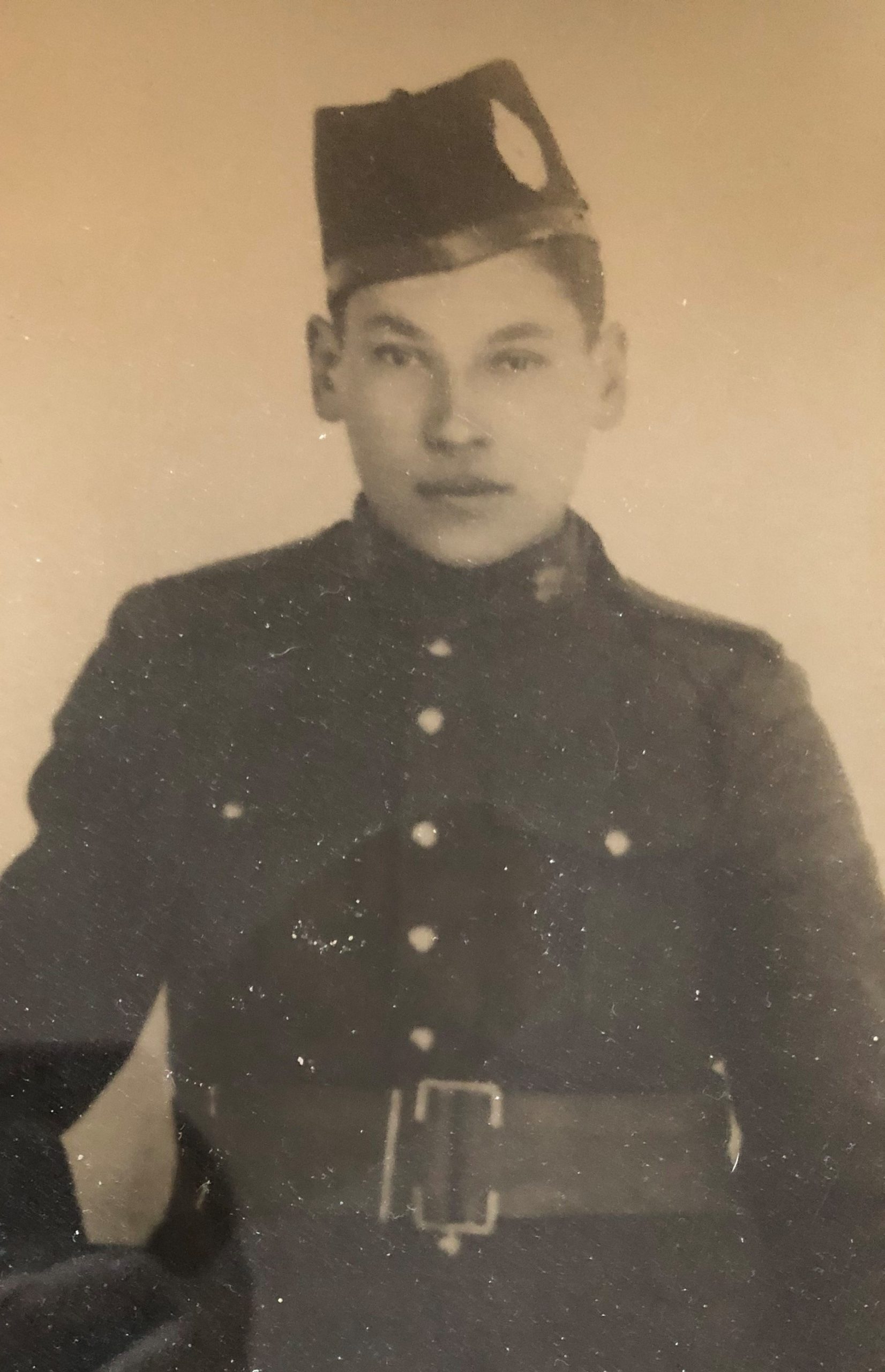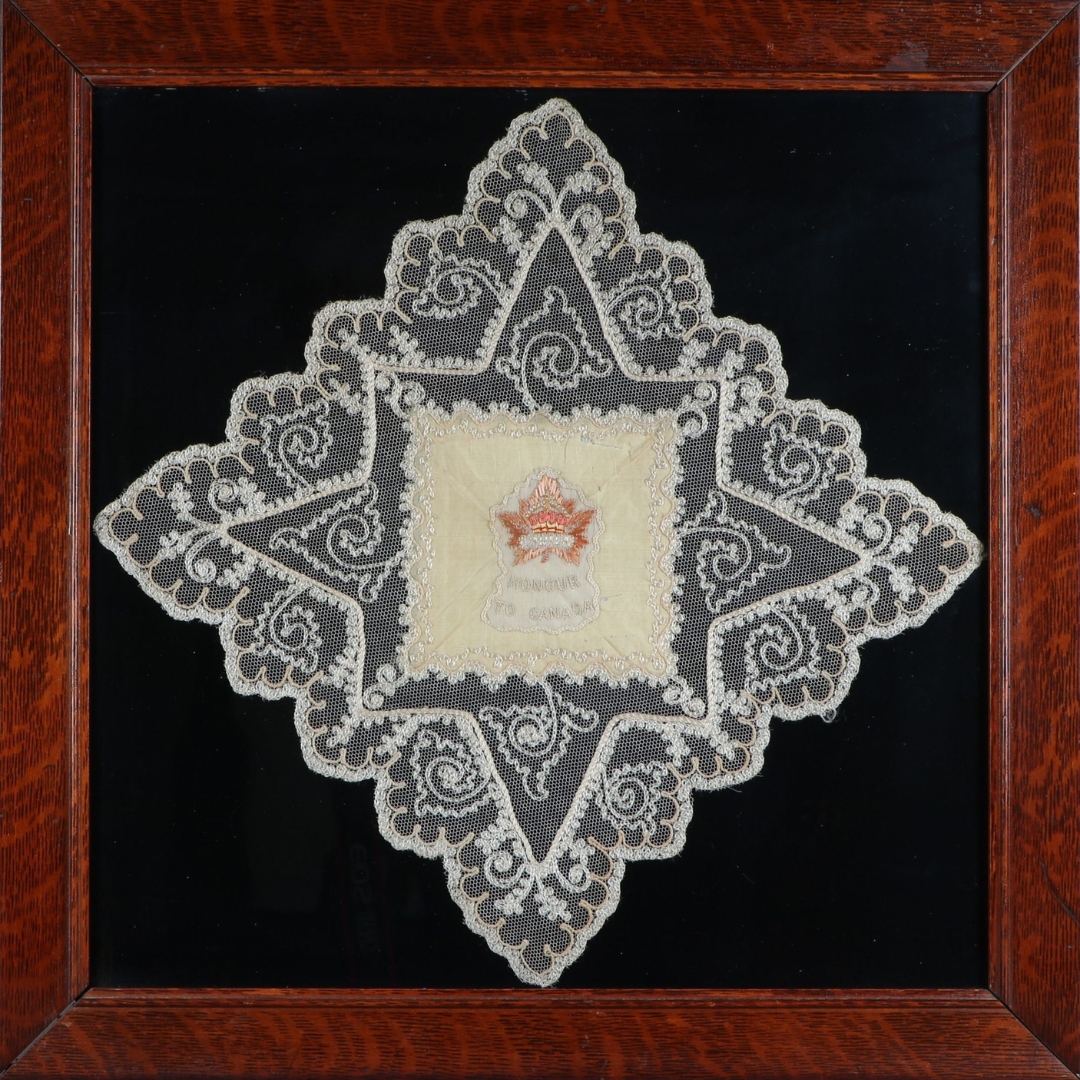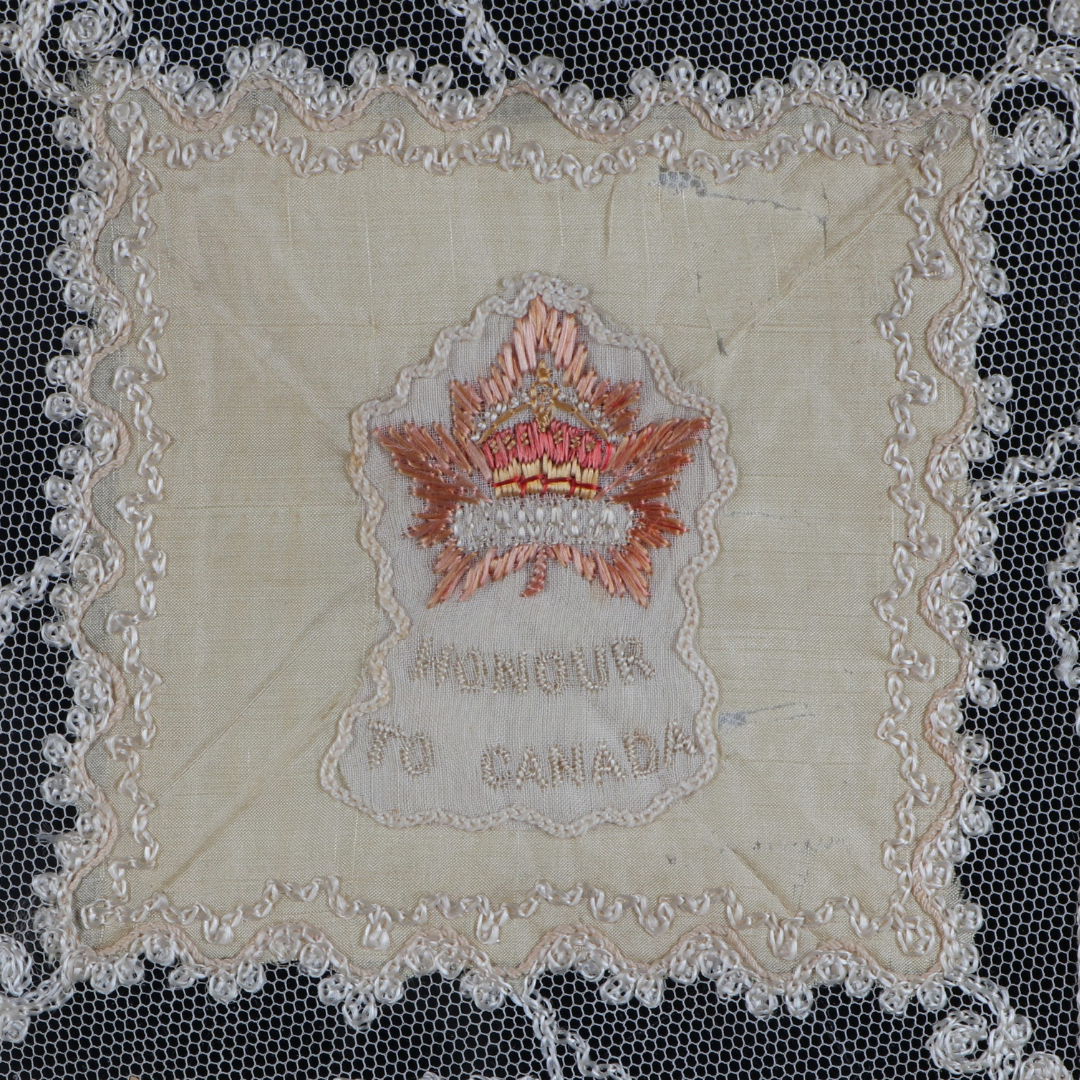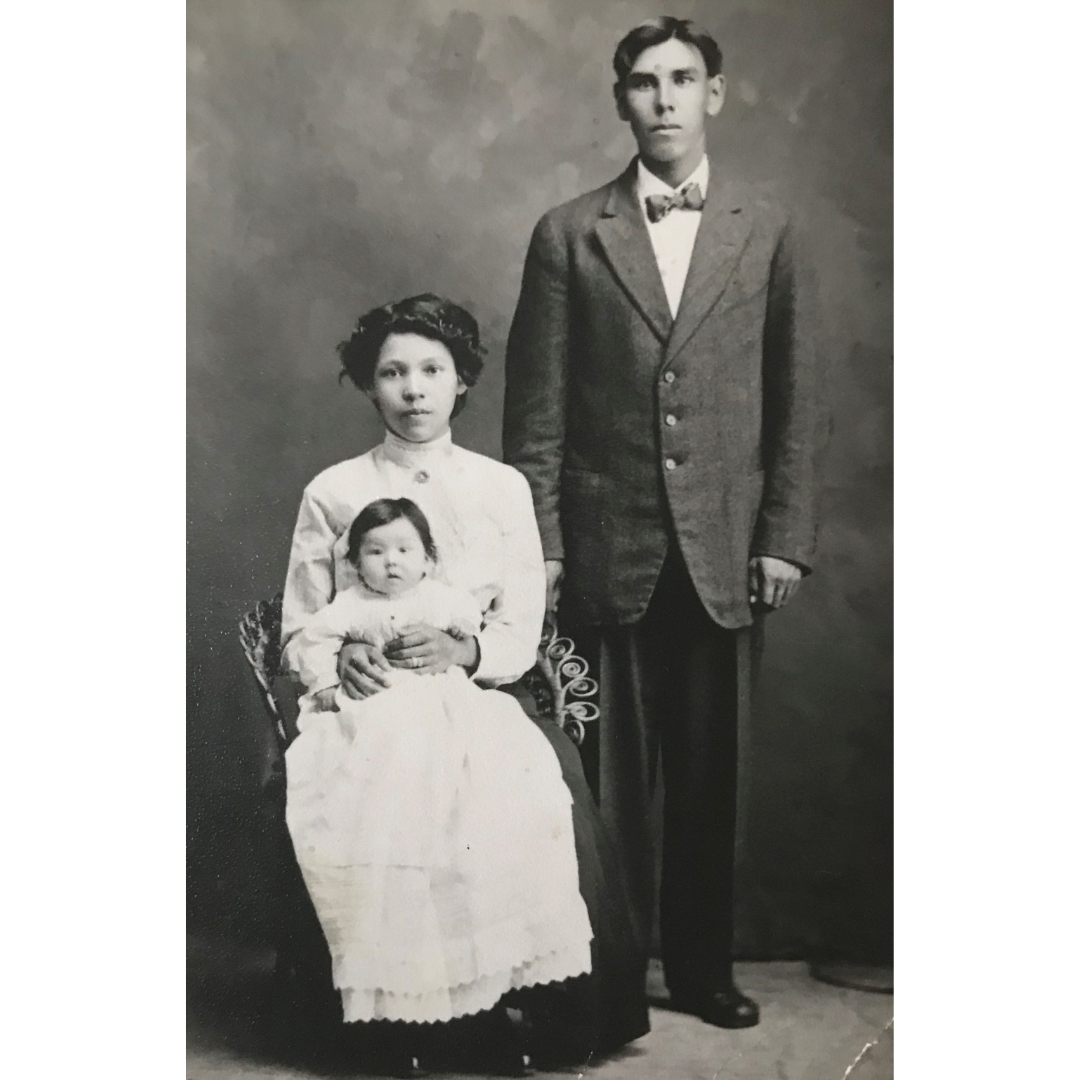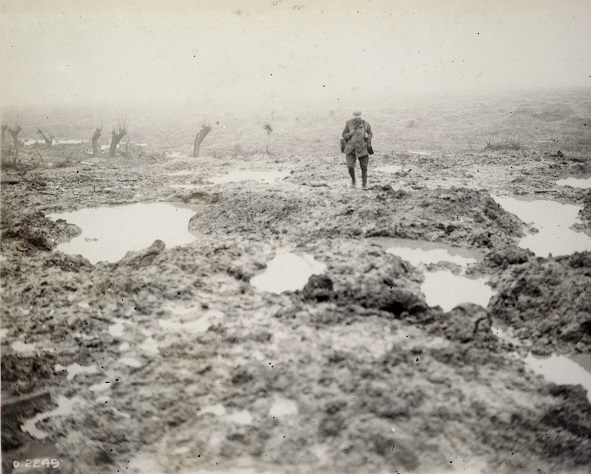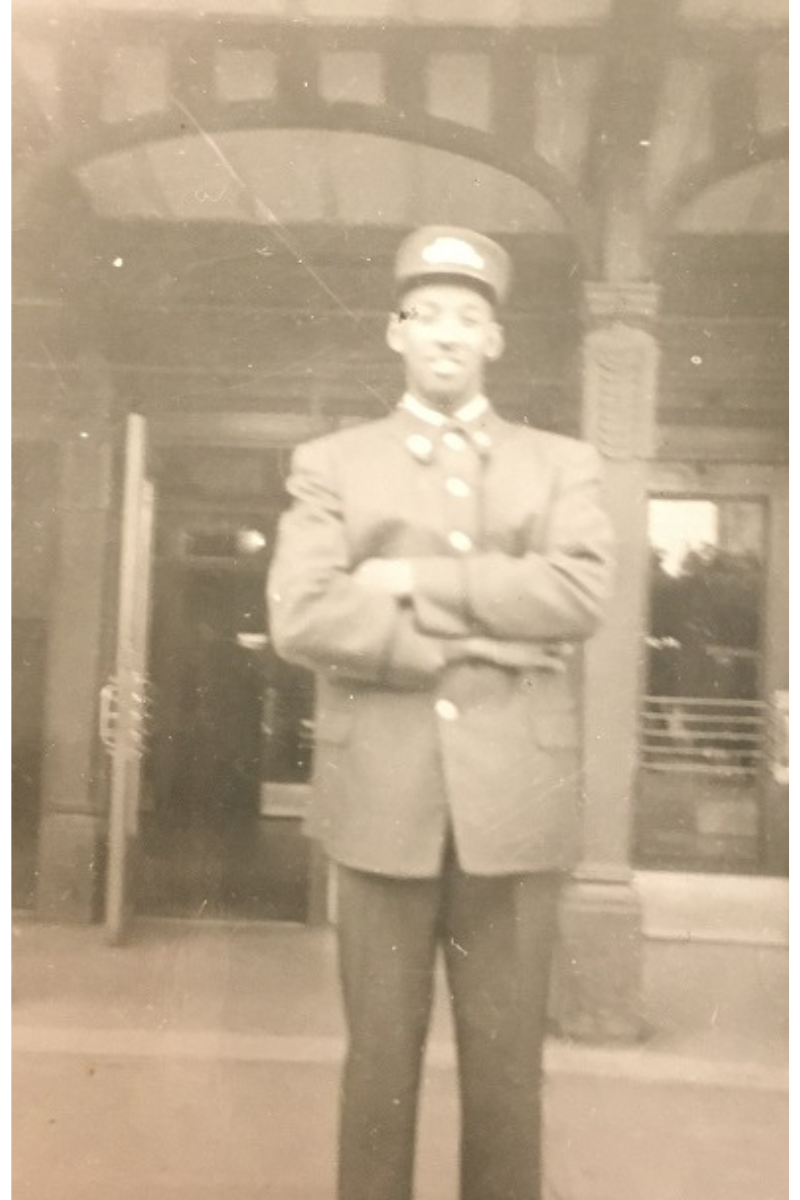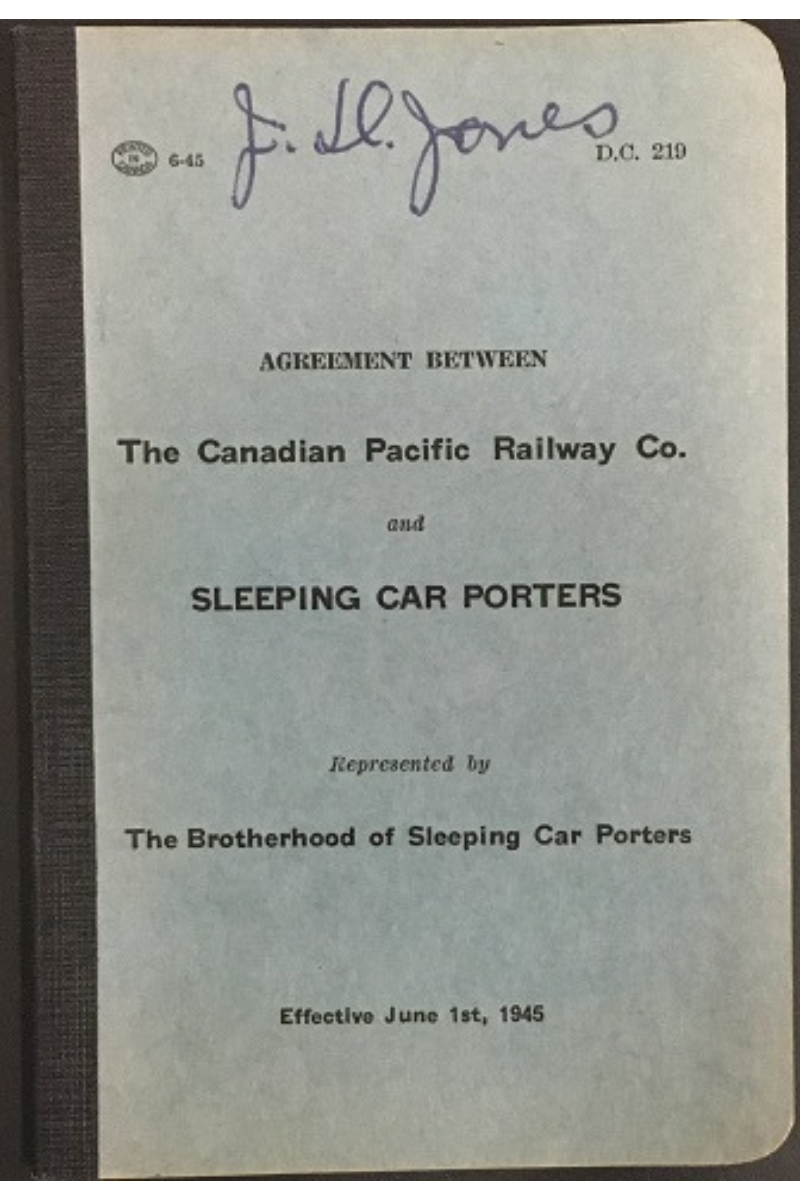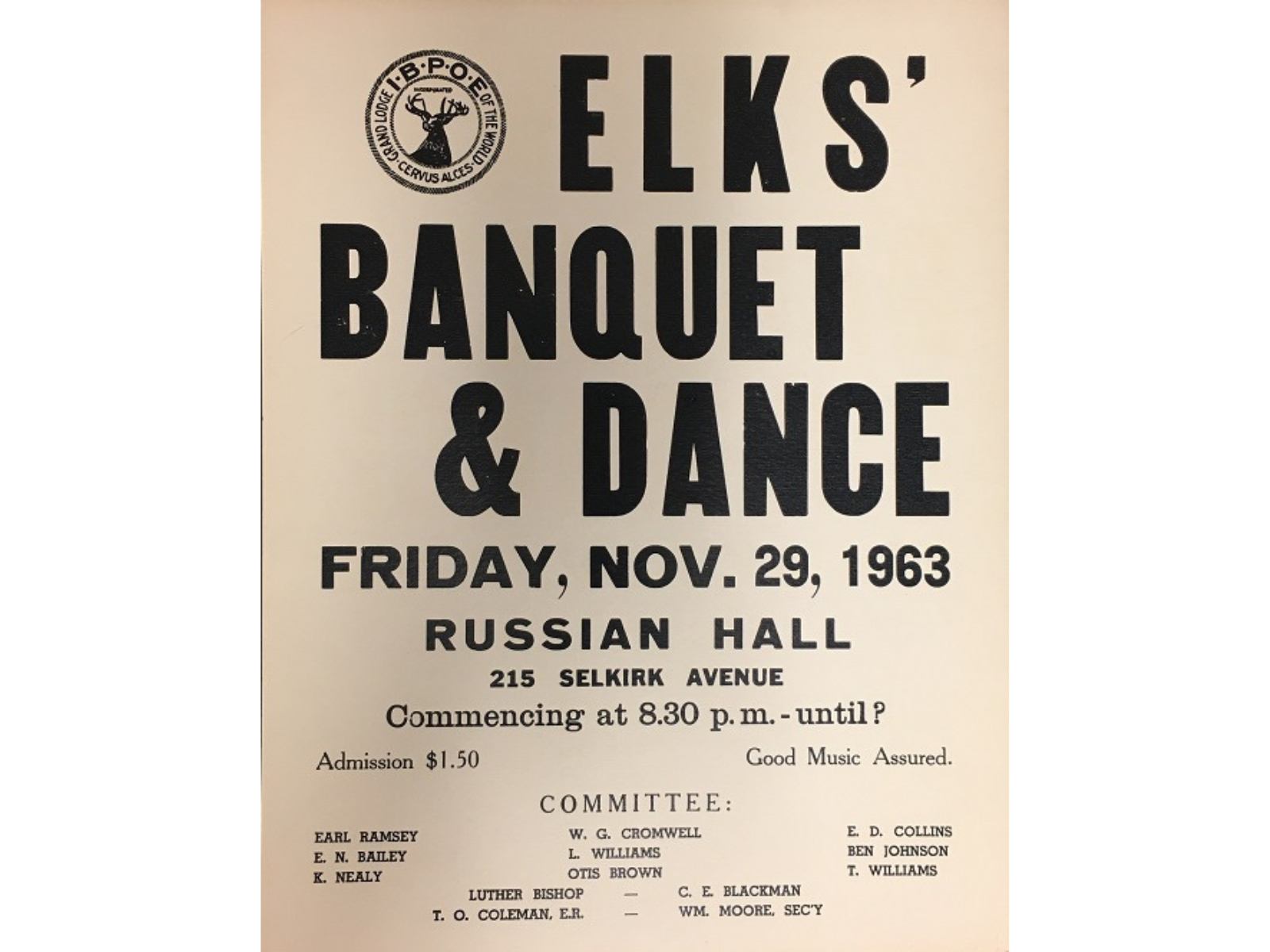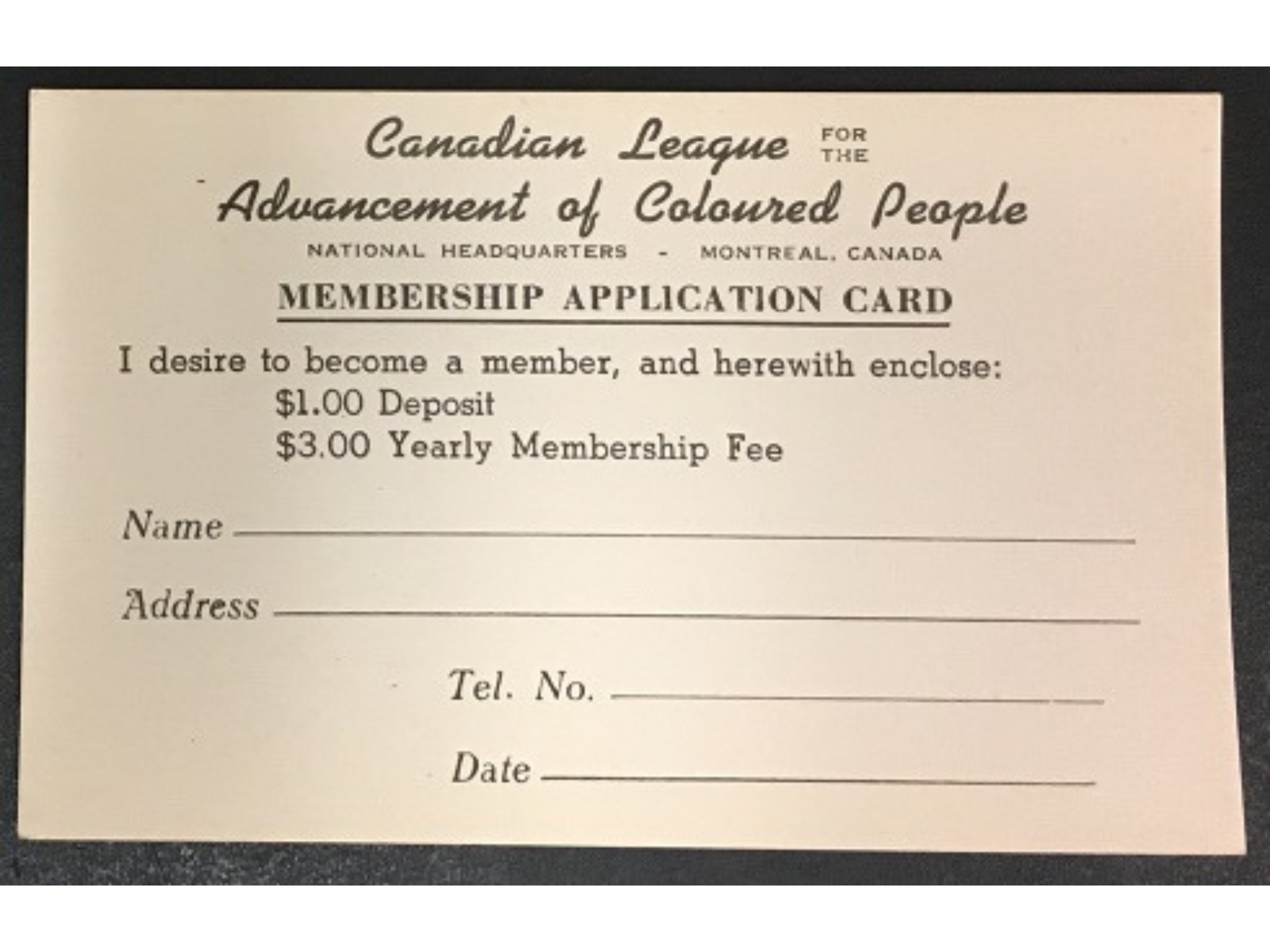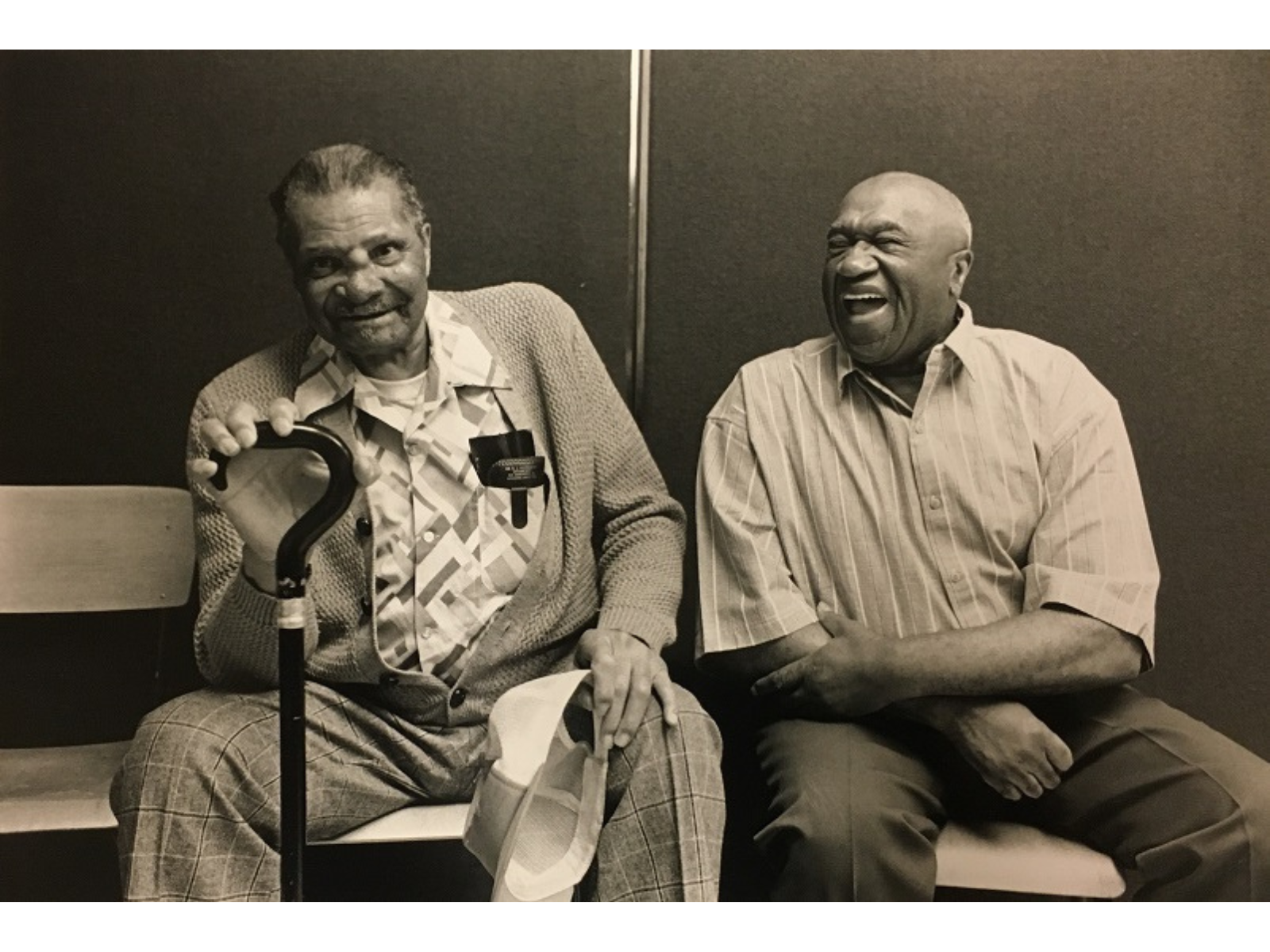The Manitoba Museum is no stranger to cameras in our collection. We care for 103 of them, to be exact, ranging from the old tripod box cameras to some early digital cameras. But what was offered to us this year was very different from anything I had seen.
It was a 1930s Devin Tri-Color camera, made to take colour photographs in an era when artistic and journalistic black-and-white pictures dominated. Our newest camera donation became even more intriguing when I learned it was used in Winnipeg to take a very special picture.
The camera works by actually shooting three simultaneous black-and-white large negatives through three different filters (red, green, and blue), in different chambers. Additionally, inside the chambers are two reflective filters that allowed light through and reflected light to another chamber. As you can see, this makes for an oddly-shaped, heavy, unwieldly tank of a camera, one that could only be mounted on a tripod. But it worked!
In the hands of a professional, the results could be astonishing.
Our particular Devin Tri-Color camera was used to take a picture of the royal visit of King George VI and Queen Elizabeth in 1939. It was then printed in the Winnipeg Free Press as a colour image, the first time in North America that a news event picture was printed in colour on the following day.
The picture shows the King and Queen with the Strathcona Horse escort on Main Street just north of Portage Avenue. The picture was taken at 11:05 am on Wednesday May 24, 1939, by Maurice Lyall who worked for Brigden’s of Winnipeg. His negatives were made into enlarged positives which were then processed by employees at the Winnipeg Free Press. They were printed in the newspaper in colour, a mere 18 hours after the photograph was taken.
David McMillan, retired professor of Photography and the History of Photography at the School of Arts at the University of Manitoba, purchased the camera from Brigden’s around 1975, and he donated it to the Museum in 2023.
But what did the printed Free Press picture look like? Archives usually only keep black-and-white microfilm or digital copies of old newspapers, so the colour image would have been lost in this transfer process. Luckily the Manitoba Museum has a big collection of keepsakes from the 1939 royal visit, and I remembered having seen some scrapbooks as part of that collection. Sure enough, one of scrapbooks held a clipping of that original May 25 newspaper print, in the original colour.
So the Museum now has both the original camera and an original newspaper print of the picture the camera took. Together at last!





